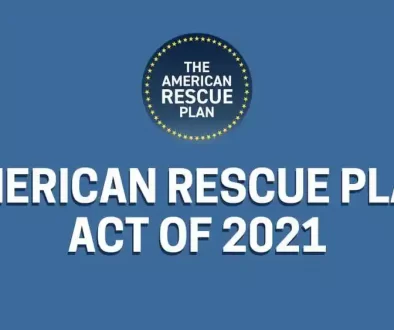Housing under Section 8
Section 8 of the Housing and Urban Development Act of 1974 created a federal housing subsidy program for people with low economic resources https://www.hud.gov/. The objective of this program is to allow low-income earners to select their home freely; this way, poverty is not concentrated in specific sectors. This program will enable people to choose safe, decent, and sanitary homes, even with scarce resources. The Section 8 Program can be carried out in two different ways.
- By assigning vouchers to participants who are already proven eligible.
- Assign these people who receive benefits to a housing project, which will allow people to enjoy them through the Section 8 Program.
Similarly, some vouchers work in all municipalities, and can be transferred. The coupons provided by the municipal government only serve housing within that municipality. Find details about your state at http://portal.hud.gov/hudportal/HUD?src=/states
How does the Section 8 Program work?
Section 8 has quite a number of programs available for individuals to choose from.
In some cases, the Section 8 Program covers the entire income. This is known as “negative income”. However, assistance in the form of personal housing vouchers (tenant-based Section 8) is the best known and most commonly used aid. This is called the “vouchers” or vouchers. It is for the payment of rental of private homes of low-income people.
The general formula is that the person pays approximately 30% of their household income, and the program covers the rest. The person can take the voucher wherever they move within the United States and its territories, provided there is an agency or government office that manages the funds.
Dial 1-800-955-2232 or reach the Public and Indian Housing (PIH) Customer Service Center https://www.hud.gov/program_offices/public_indian_housing/about/css for more information on the HUD program.
How to apply for Section 8?
You can request Section 8 through the telephone number (311). The procedure for applying for subsidized housing under the Section 8 program is customized according to the offices of the Public Housing Agencies (PHA). There are many PHA offices located across the country. Most cities will have one or more PHA offices. The procedure that each PHA executes depends on several aspects such as the number of vouchers, available staff, number of subsidized housing programs that they manage, among others. To begin your application process, visit your local housing authority. Some offices may begin the application online, by phone, shift, or subpoena.
Generally, some PHAs are more flexible than others. This will depend on the number of vouchers they can issue. Localities with fewer coupons are usually less flexible and require more documents to prove need.
http://portal.hud.gov/hudportal/HUD?src=/program_offices/public_indian_housing/pha/contacts contains information about how you can apply for the Section 8 program.
Eligible Applicants
Persons of legal age – The applicant must be of legal age (21 years old) or be emancipated.
Families – include single-person families or a group of people living together without having a genetic relationship with each other.
Low-income people – as a rule, to be eligible for these grants, 75% of applicants must have an “meager” income. The rest of the applicants may come from low income.
- The applicant must have a legal residence or American citizenship.
- People who have not committed certain crimes – For a person to be eligible, they may not have committed a violent crime or crime related to controlled substances.
- Persons who have not been previously evicted – The requesting person cannot be evicted for non-payment of lease fees.
To check your eligibility for the Section 8 program, visit https://eligibility.com/section-8
Or use the eligibility checker at https://www.benefits.gov/benefit/710#Eligibility_Checker
Tenant eligibility and obligations
Each Section 8 Program in the tenant-based subsidies, and each owner in the project-based grants, has the responsibility to recheck the tenant’s ability. They have to recertify tenants every year to verify the monthly portion of the tenant. Tenants have a fundamental and strict obligation to report and document all household members and any changes in household income. If the tenant does not indicate a difference, and the household income has increased, the Section 8 Program or the landlord will make the tenant pay the additional rent spent on their behalf. Sometimes other payments can become unmanageable, and the tenant cannot afford the extra fees and the current lease at the same time. https://www.hud.gov/program_offices/public_indian_housing/programs/hcv/about/fact_sheet
Possible Reasons for Disqualification from Section 8
Section 8 assistance can also be terminated if the tenant commits a crime (overpaying rent), or if the tenant did NOT perform an action that should have done. Tenants must know precisely what their obligations are under the Section 8 Program and the lease agreement with the landlord. Tenants should always avoid losing benefits, and, upon receiving notice of discontinuation, they must challenge the decision immediately. In both programs, benefits is revocable if any household member refuses to sign the consent forms, or refuses to give Section 8 income, assets, or family status information. Also, if any household member refuses to provide immigration or citizenship information.
Visit https://www.lawv.net/Resources/Self-Help-Library/Housing/Eviction-from-Section-8-Housing?SkinSrc=[G]skins/lawvmobile/1-col to find out the possible actions that might get you evicted from the section 8 program.




